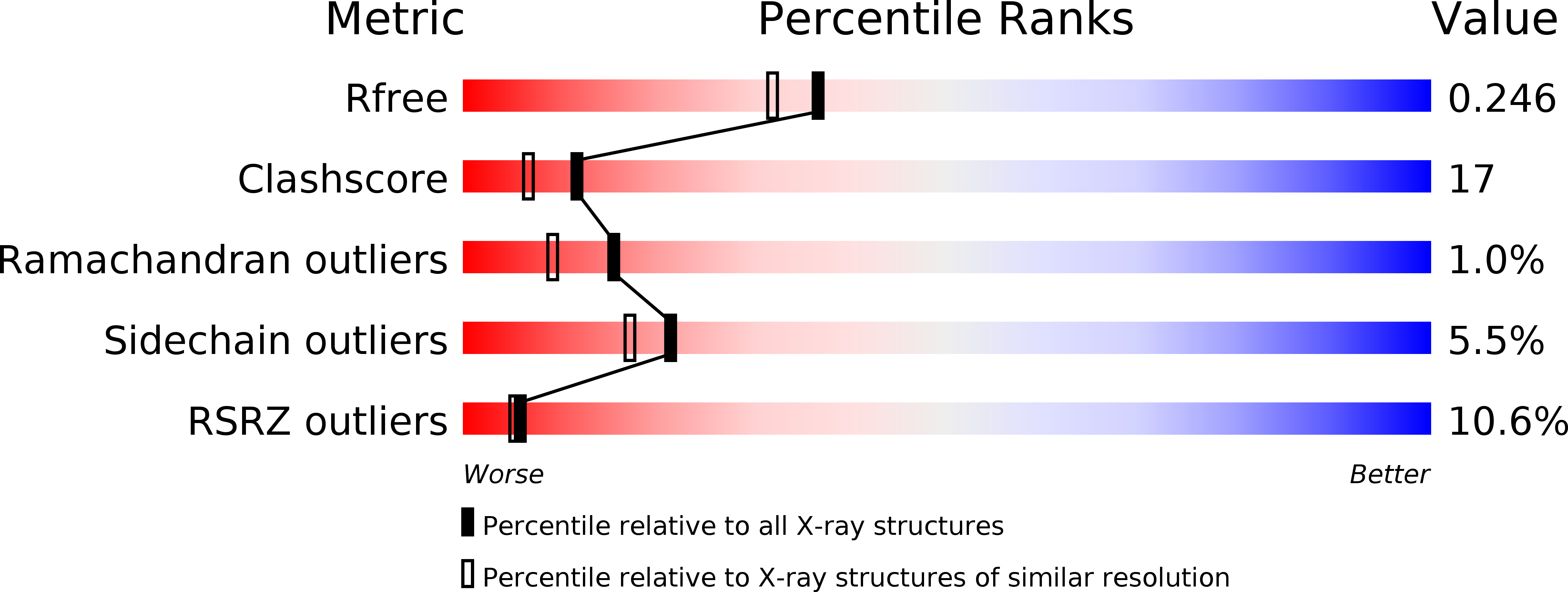
Deposition Date
2002-02-14
Release Date
2002-03-20
Last Version Date
2024-02-14
Entry Detail
Biological Source:
Source Organism:
Thermus thermophilus (Taxon ID: 274)
Host Organism:
Method Details:
Experimental Method:
Resolution:
2.01 Å
R-Value Free:
0.24
R-Value Work:
0.21
Space Group:
P 21 21 21


